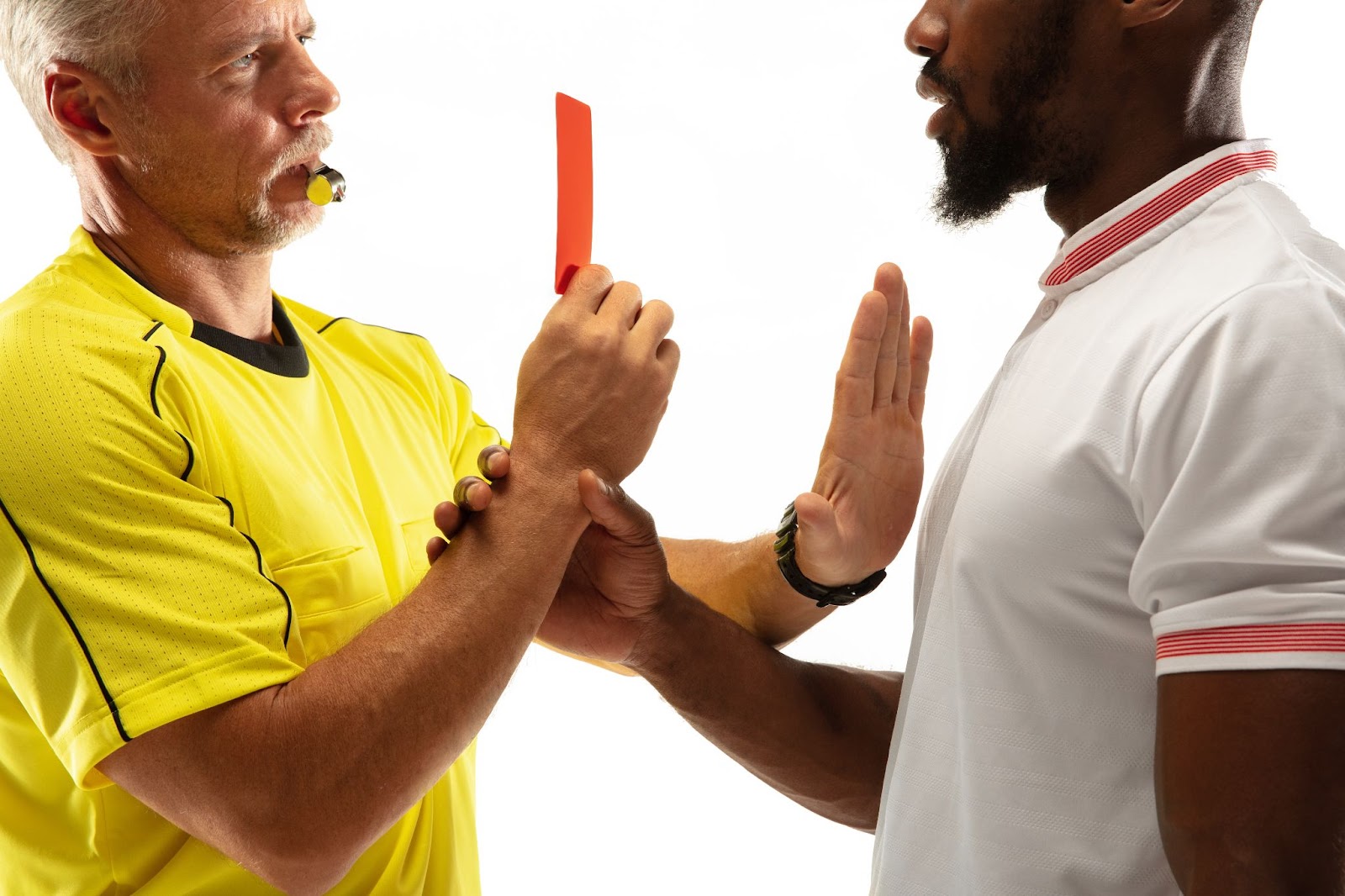Soccer has always depended on referees and their decisions, but mistakes are bound to occur due to the game’s fast pace. As those new technologies evolve, we are on the cusp of a revolution in officiating. From avoiding errors to enhancing the degree of openness when making decisions, technology can revolutionize how humans view fairness within soccer.
Evolution of Refereeing in Soccer
Refereeing has also undergone a great transformation over the decades. Earlier, judges solely depended on their eyes and brains as they officiated soccer matches. The changes have affected game fans who enjoy predicting the results of the match on Melbet and other platforms. Thanks to technological advancements, people believe that a contentious call or a biased official will not influence the outcomes of games and their bets.

Early soccer encounters were marked by many disputes regarding the outcome of a game, mainly because the referees needed more tools to enforce fair play. These disputes led to the changes of assistant arbitrators, more qualified training, and better rules that can easily be understood. Nowadays, more television broadcasts and slow-motion play result in increased amplification of errors, hence the loud call for hi-tech solutions. This push led to the first actual experiments with technology, and its influence birthed today’s sanctioned tech-enabled soccer officiating.
Current Technological Tools in Soccer
Soccer has adopted technology to remove human interference, increasing the likelihood of correct decisions. These tools, in practice, have already begun to enhance the pitch level effectively. Essential technological tools include:
- VAR (Video Assistant Referee): A system that will enable the referees to view critical incidents that may have happened in the game.
- Goal-Line Technology: It provides a rapid and accurate response to whether the ball has crossed the goal line.
- Hawk-Eye: This innovation monitors the path of the balls to help the referees make the right decisions.
The technologies have increased the fairness of match outcomes and made decision-making more transparent, allowing fans to trust the results.
Emerging Technologies and Their Potential
As technology advances, soccer refereeing is expanding. From artificial intelligence to the organization of wearable systems, such inventions are predictive of minimizing human error and providing match-officiating accuracy to the decision-making jurisdictions in a field.

AI and Machine Learning
Swift data processing applies AI and machine learning to judging. Many applications allow for the log of players’ actions, prediction of the game’s turn, and sometimes identification of cheaters with accuracy beyond human comprehension. Thus, due to AI’s high-speed analysis of data patterns, there is little question of future mistakes.
However, in addition to decision-making, AI can also be helpful in training. By reviewing previous matches, machine learning can track the mistakes and assist in building judgment skills and, thus, reaction time. Another aspect is that referees’ preparation increases with time, and they are more ready to defend against any challenging situation in the middle of the game.
Advanced Wearable Tech
Another emerging idea in refereeing is using the latest wearable devices. Wearable technology such as smartwatches and sensors can send information back to referees about fouls, offside, and other critical incidents. Game officials rely on following the players’ movements and positions during a game. If a violation might occur, they become aware of it before they even open their eyes.
Wearables can help monitor fitness and ensure the referees are fit enough to officiate modern games. This technology helps minimize fatigue-related errors and maximize concentration during essential phases of a match. Little by little, wearables are slowly progressing to a point where they’ll be a vital cog in every referee’s arsenal, arming decision-makers with a crucial technological ‘eye’ for fairer and more fluid play.
Benefits of Technology in Refereeing
Regarding the use of technology in soccer refereeing, there are apparent advantages because it provides more accurate and timely decisions. Key benefits include:
- Improved Decision-Making: Technologies like VAR enable professionals to make the right decisions, reducing some mistakes that cause controversy.
- Increased Transparency: This makes such assumptions more realistic and easy for the fans and players to understand. Most importantly, it builds their confidence in management decisions.
- Enhanced Game Flow: Goal-line technology in soccer, for instance, will not allow for unnecessary stoke halts as the technology can yield immediate outcomes.
Such changes assist in ensuring the fairness of the sport and making it more attractive for bettors and fans.
Challenges and Concerns
As much as technology has developed, refereeing has not been exempt. One of the major concerns of the discussion explains how technology may interfere with or even take over the roles of the referees regarding ‘on the fly’ decisions. Therefore, human input must be managed with the assistance of the computer so as not to complicate the gameplay.
Another concern is cost. The latter may become an issue, particularly where complex systems are developed for loss-making leagues or clubs. Furthermore, some debates on the effectiveness of VARs and their impacts take time. Although these stops are made to amend this, the game becomes disrupted, and even a viewer yawns if such a sequence happens.
Final Thoughts
Through technology, soccer officiating is improving and becoming more accurate. Unfortunately, innovation is not a perfect concept, and occasionally, no matter how you look at it, something will go wrong. However, these technologies will have to complement human talents in the future to make the sport faster, less erroneous, and even more glamorous.
